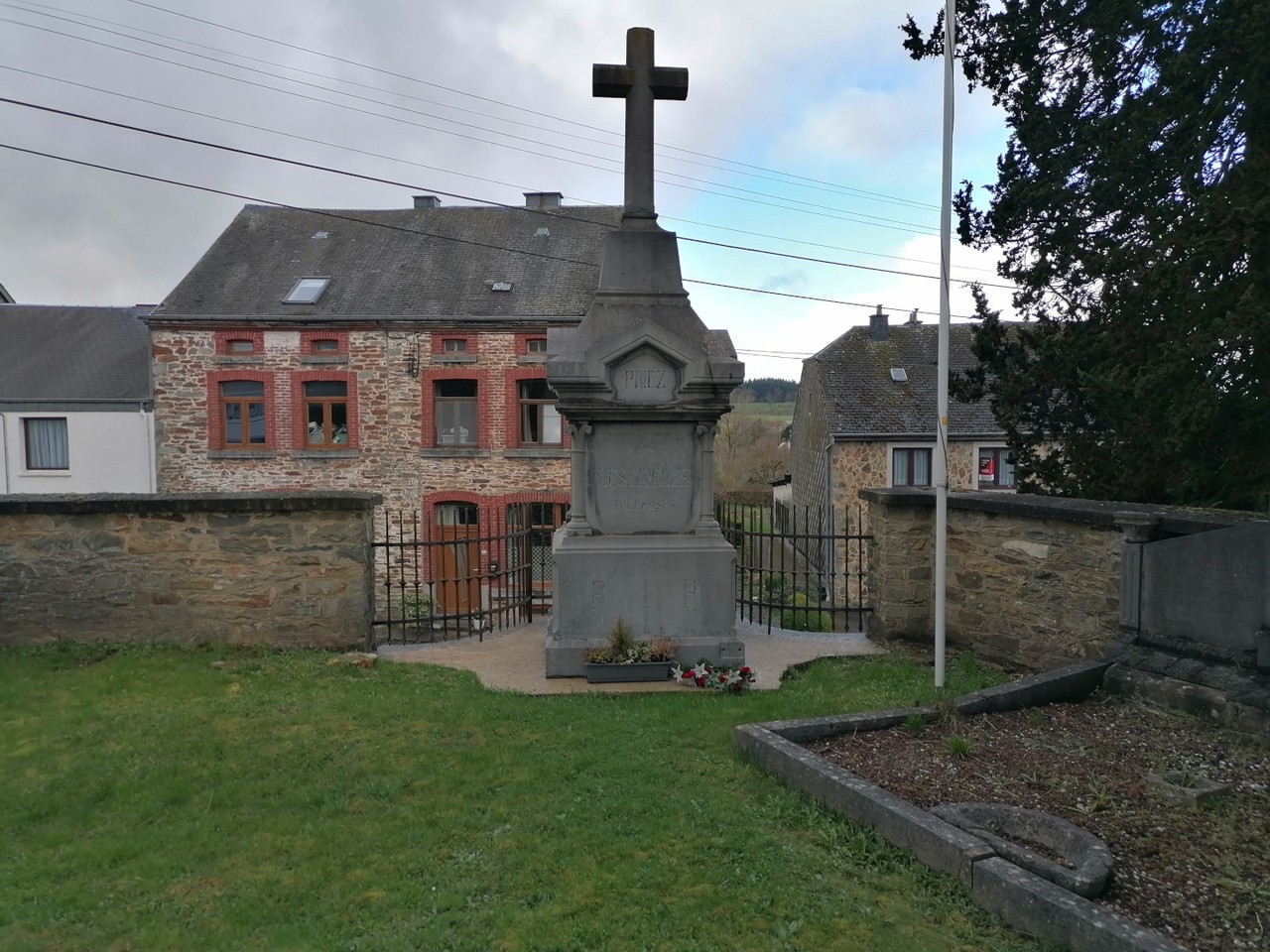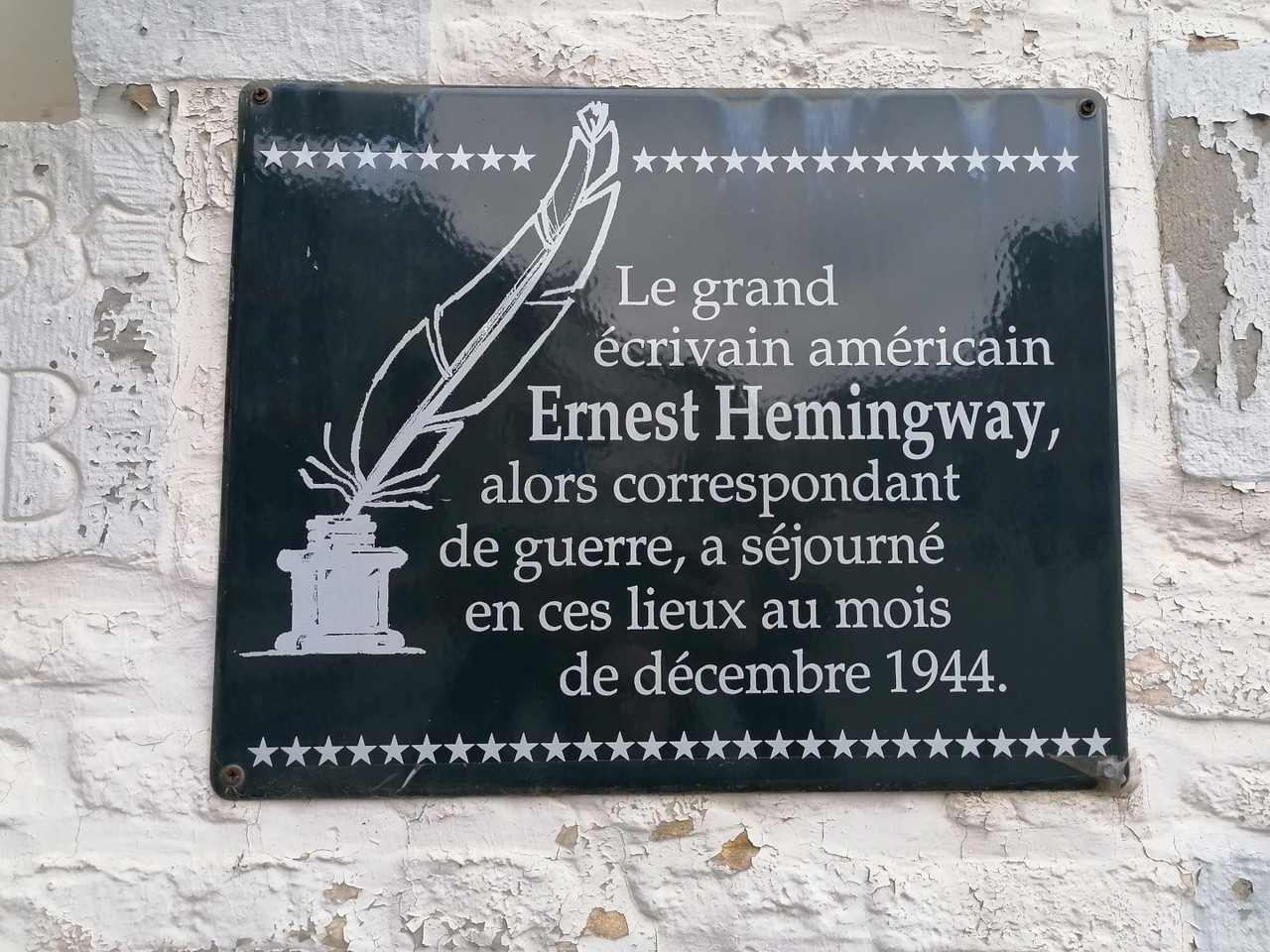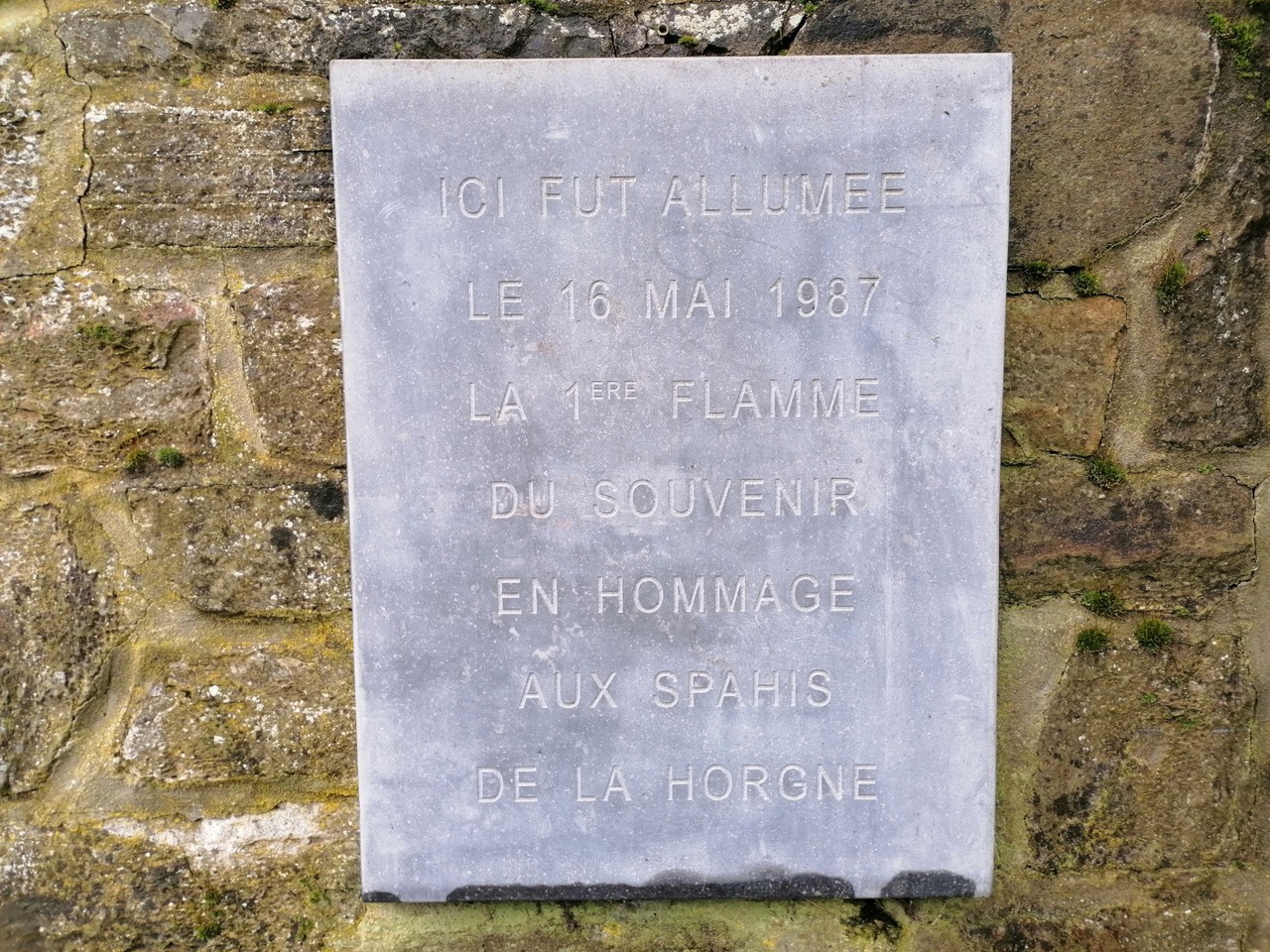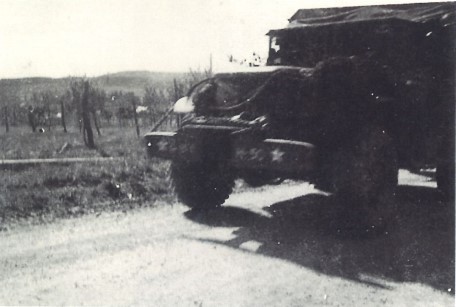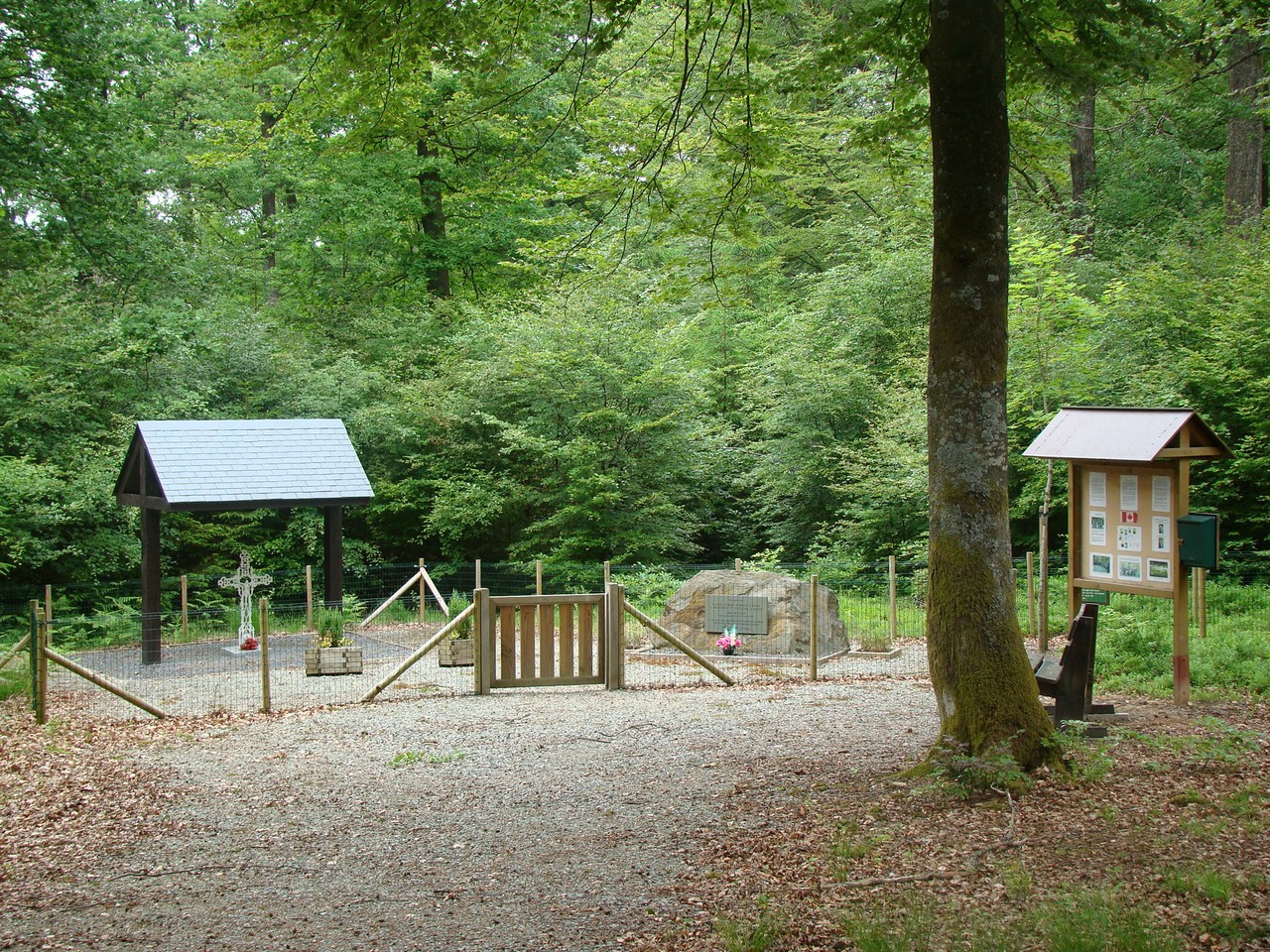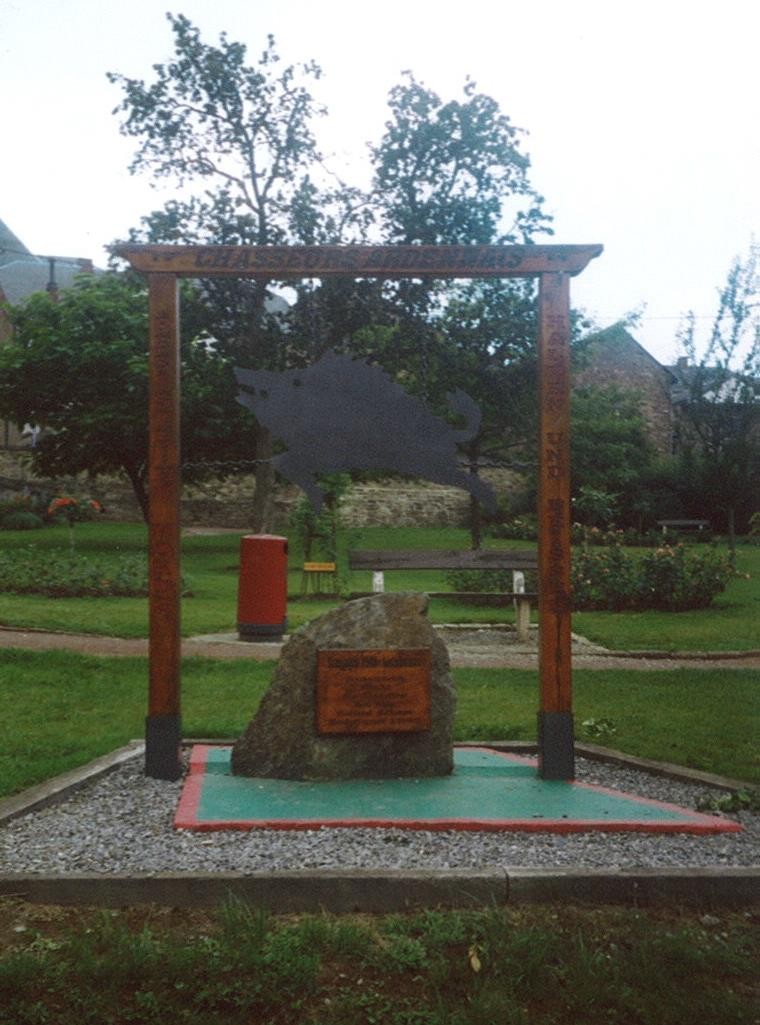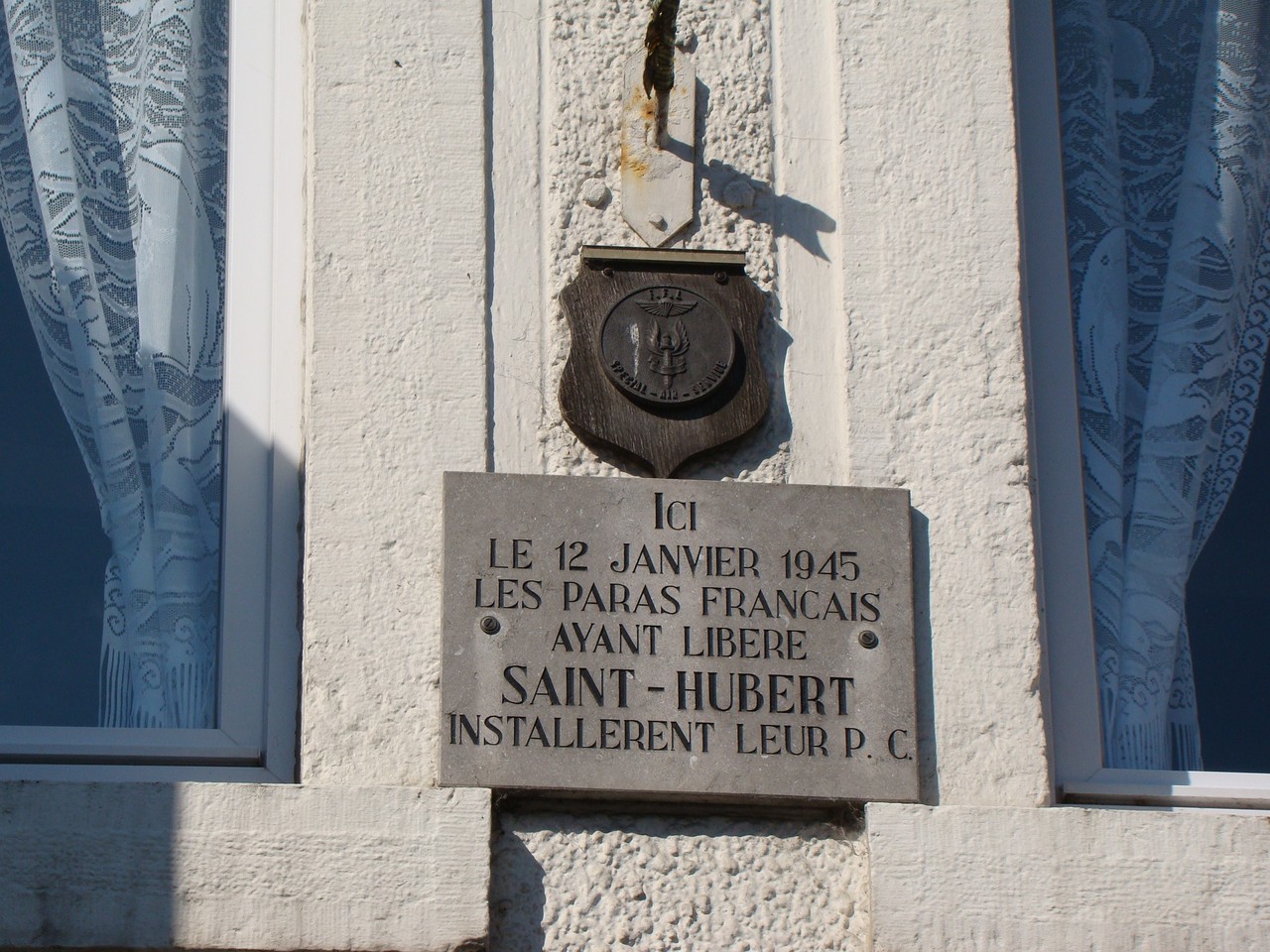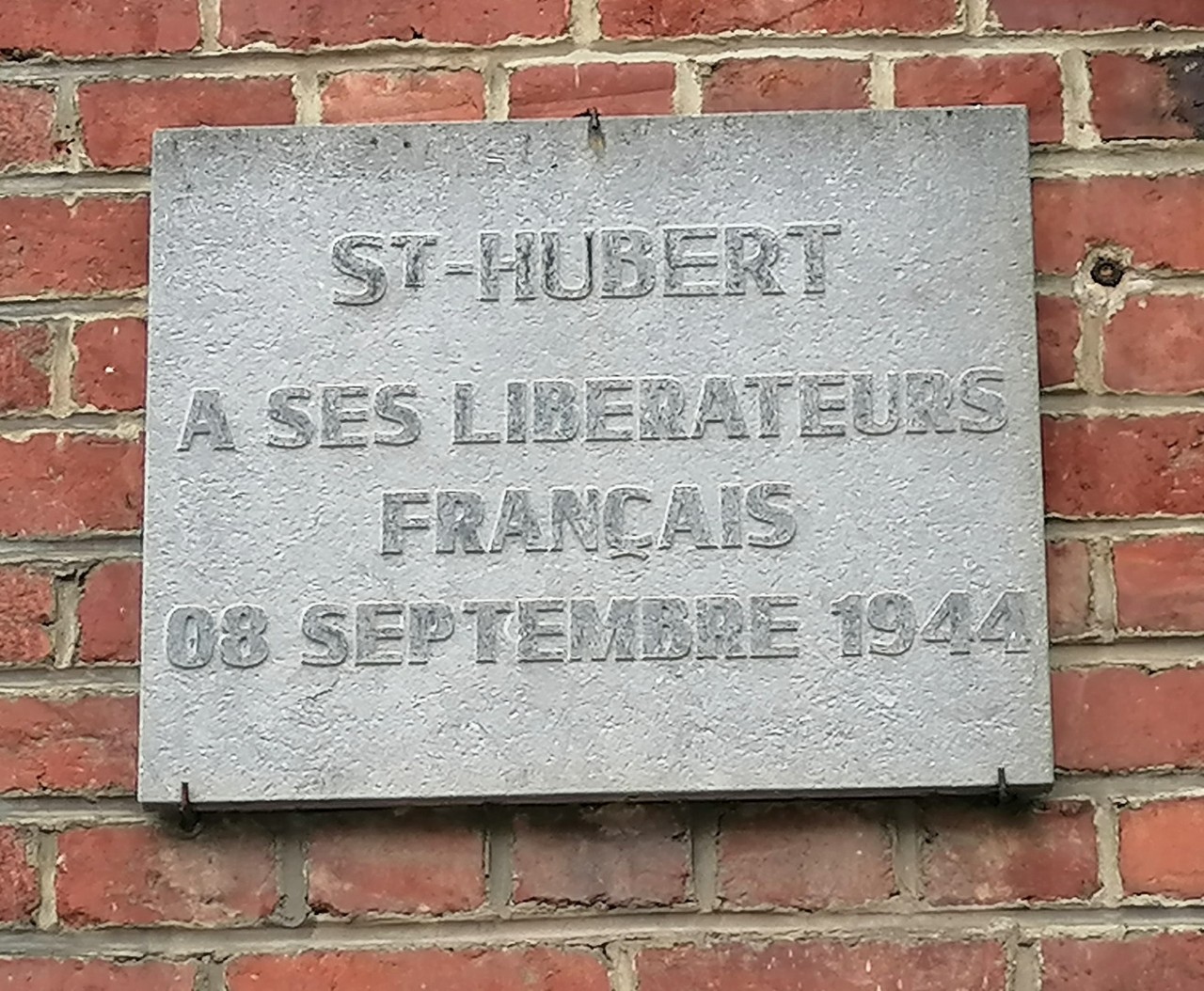Plaque commemorating the reprisals at Moulin d'En Bas
Belgia
Oznacz
Plan
Udostępnij
Trasa
Inaugurated on 5 September 2015, the plaque commemorates the tragic events at the "Moulin d'En Bas" (lower mill).
On Wednesday 6 September 1944, at around 11am, while the German army was still occupying Saint-Hubert, a member of the White Army opened fire near the hamlet of Les Moulins on a motorbike driven by a German dispatch rider travelling from Poix towards the town. Alerted by the wounded man, who was shot in the leg, German troops supported by armoured vehicles left Saint-Hubert to carry out reprisals. At around 1pm, these forces arrived in the hamlet and set fire to all the buildings except the Old Mill. This half-timbered building, located on the edge of the Froid road, was being used as a shed to produce charcoal for the occupying forces.
These reprisals resulted in the deaths of three men, as the inhabitants of the route de Froid did not have time to flee... Lucien Schmitz (aged 44), Auguste Pècheur (aged 80) and Joseph Pierrard (aged 61) were executed on the spot in front of their houses in the presence of their families. The women and children of the small hamlet were immediately ruthlessly transferred to Saint-Hubert.
A little further on, on the Route de Poix, the inhabitants fared better. Hector Nemry and his daughter and the Kleczkowski family fled towards Lorcy.
Further down the Route de Poix, eleven people were at the Mormont mill at the time of the attack. The miller, Léon Mormont, a prisoner of war who had escaped in 1942, had set up a hiding place in the 150-metre-long drainage tunnel.
The group took refuge there for 22 long hours, escaping the fury of the enemy.
In the small hamlet, which had been reduced to ruins, only two of the seven buildings were rebuilt: the Mormont mill and the Nemry villa. On Friday 8 September 1944, at around 11.00am, Saint-Hubert was liberated for the first time.
Treści stworzone z naszym partnerem

Adres
Avenue Paul Poncelet, 6870 Saint-Hubert






